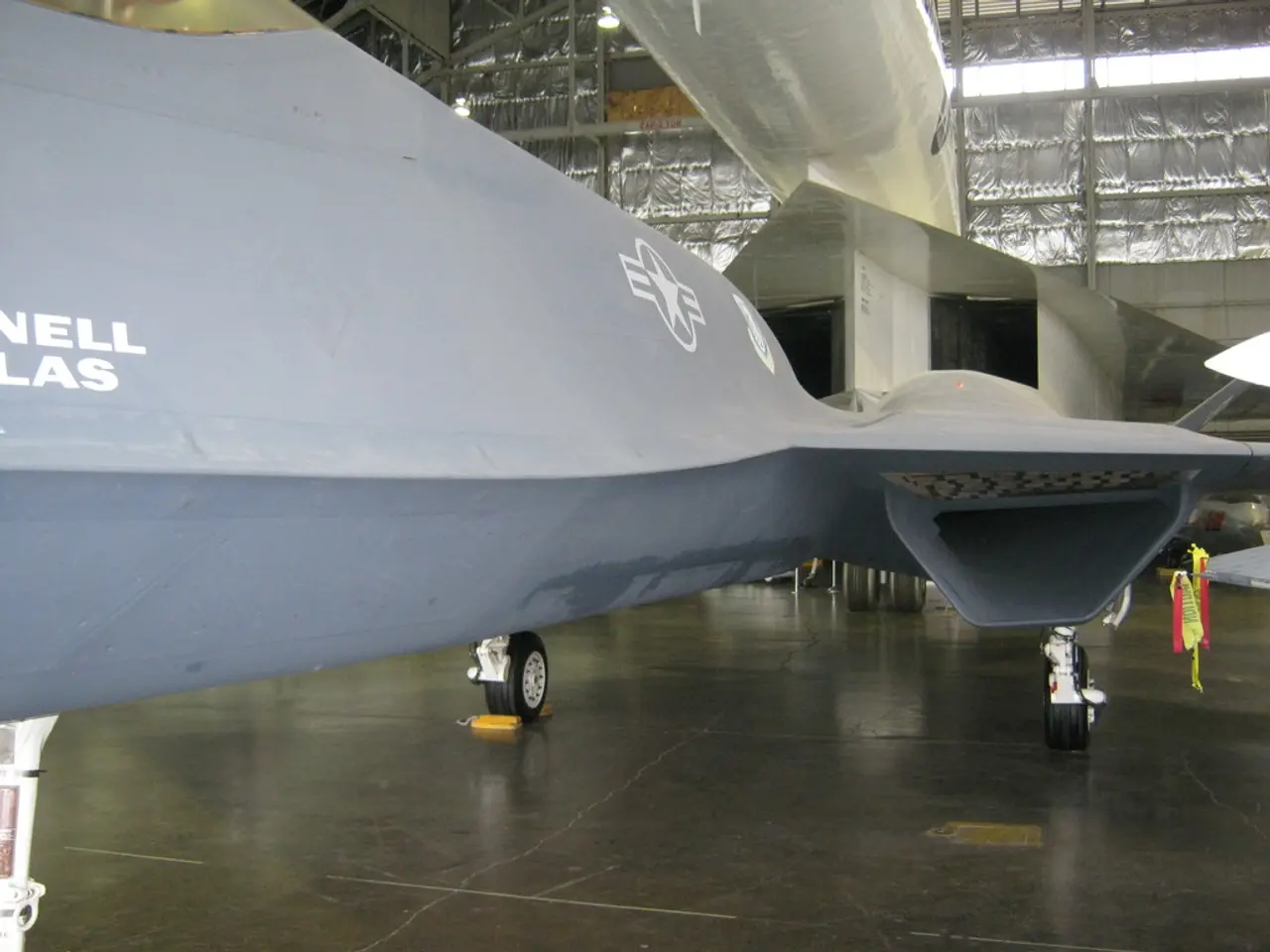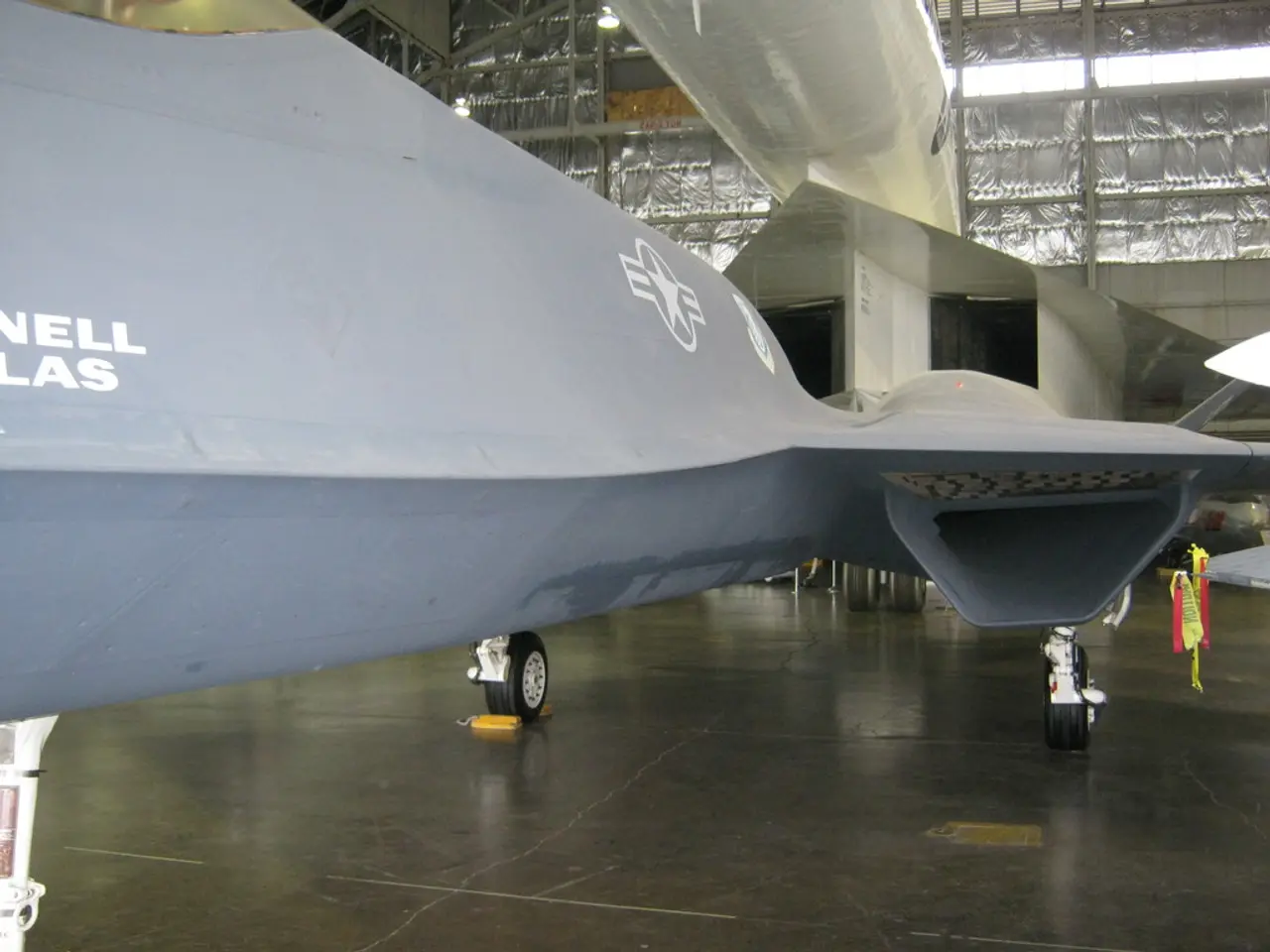China announces repair of deadly design defect responsible for the downfall of the US Navy's covert drone ambitions
In a groundbreaking development, a team led by Huang Jiangtao at the China Aerodynamics Research and Development Centre has created a new software platform that optimizes hundreds of variables in stealth and aerodynamic parameters for aircraft design. This breakthrough addresses the longstanding "dimensionality curse," a limitation that previously prevented designers from managing large numbers of design variables without excessive computational load.
The software, which was published in the peer-reviewed journal Acta Aeronautica et Astronautica Sinica this month, achieves this by using unified field modeling that integrates radar-absorbent materials into aerodynamic sensitivity equations, reusing electromagnetic field solutions, and transforming large-scale computational problems into more manageable matrix operations.
This innovative approach was demonstrated on the US Navy’s X-47B stealth drone design, a project that was previously canceled due to the conflicting demands of stealth, aerodynamics, and propulsion. The Chinese software reportedly delivers dramatic improvements to the aircraft’s shape, including components like wing leading edges and engine inlet ducts, which are critical for both aerodynamic smoothness and stealth protection against radar detection.
Implications for the aviation industry are far-reaching. The software can significantly shorten design cycles by enabling comprehensive optimization without prohibitive computing costs. It also enables aircraft designs that better balance low observability with aerodynamic efficiency and propulsion effectiveness. This capability potentially gives China a significant edge in developing advanced low-observable military aircraft, as it overcomes hurdles that previously stymied programs in the US and other countries.
The approach could also influence civilian and commercial aviation design in the future by enabling more sophisticated aerodynamic and materials performance integration. However, current applications are primarily focused on military stealth technology.
This software's claim is methodological, making massively multidimensional optimisation practical. If it scales as advertised, it could shift how combat aircraft are shaped, coated, and tuned, potentially slashing time and resources for China's military aviation programs and reducing reliance on costly wind-tunnel campaigns and physical prototypes.
As sixth-generation fighter projects hit turbulence globally, this new software platform offers a promising solution to the "curse of dimensionality" in optimization, positioning China at the forefront of aircraft design innovation.
[1] Huang, J., et al. (2022). Efficient multidimensional optimization for stealth and aerodynamics in aircraft design. Acta Aeronautica et Astronautica Sinica.
[3] Xinhua News Agency. (2022, March 1). China develops software to optimize stealth and aerodynamic parameters for aircraft design. Retrieved from https://www.xinhuanet.com/english/2022-03/01/c_139912949.htm
- The new software platform developed by Huang Jiangtao's team could revolutionize the aviation industry by drastically shortening design cycles and enabling comprehensive optimization without excessive computational load.
- This innovative software, published in Acta Aeronautica et Astronautica Sinica, achieves this by unifying field modeling, integrating radar-absorbent materials into aerodynamic sensitivity equations, and transforming large-scale computational problems into manageable matrix operations.
- The software's potential applications extend beyond military stealth technology, potentially influencing civilian and commercial aviation design in the future by enabling more sophisticated aerodynamic and materials performance integration.
- The software's claimed capability to make massively multidimensional optimization practical could shift how combat aircraft are shaped, coated, and tuned, potentially reducing time and resources for China's military aviation programs.
- This technological advancement, if it scales as advertised, could position China at the forefront of aircraft design innovation, especially in the context of the challenges faced in sixth-generation fighter projects globally.






